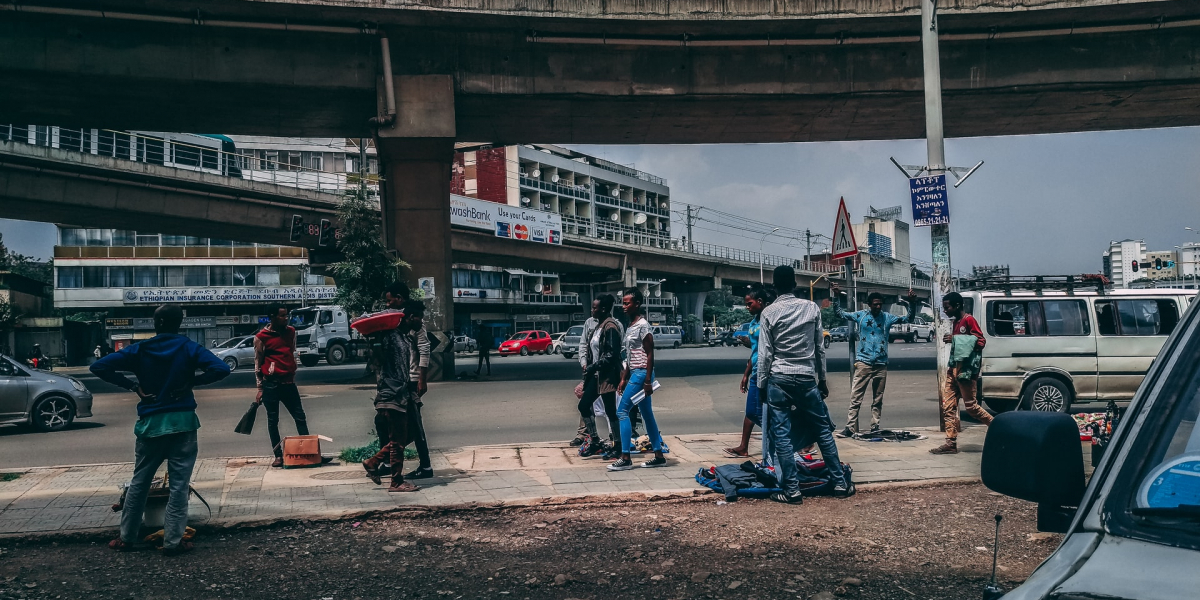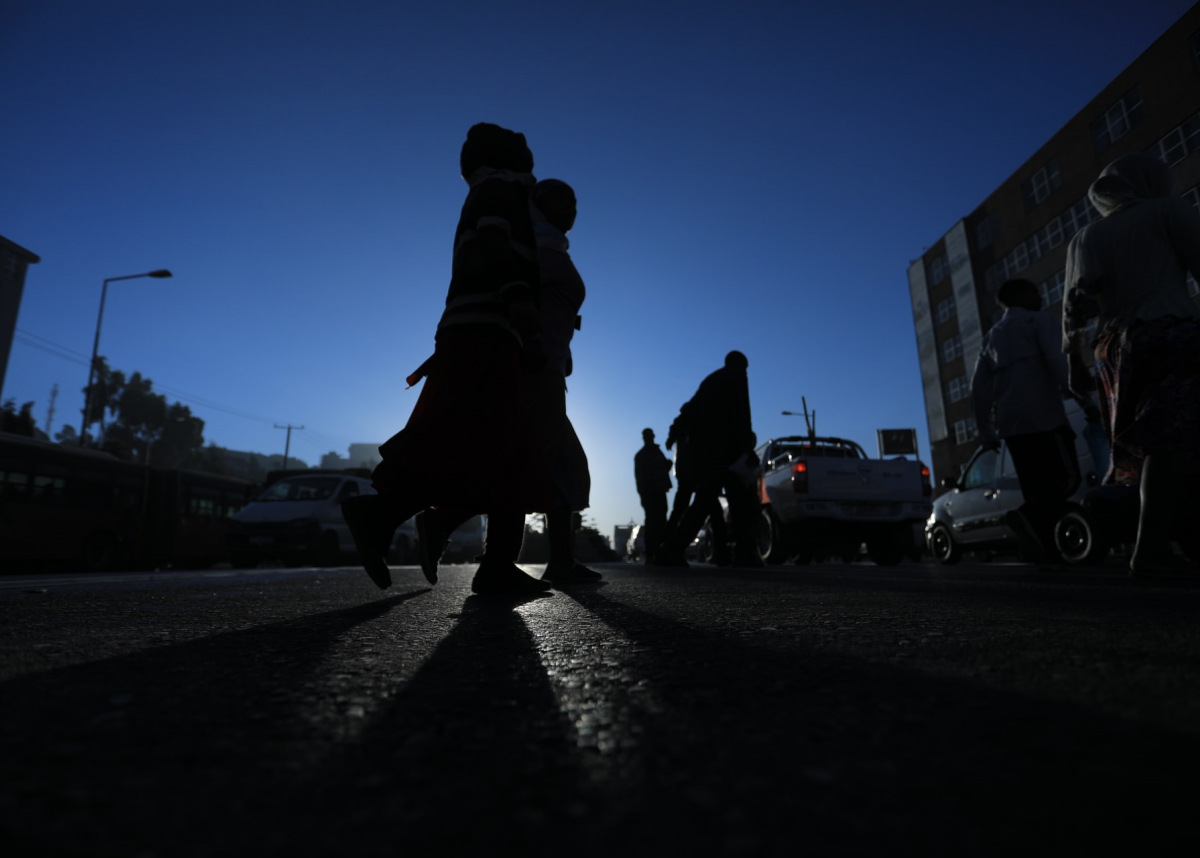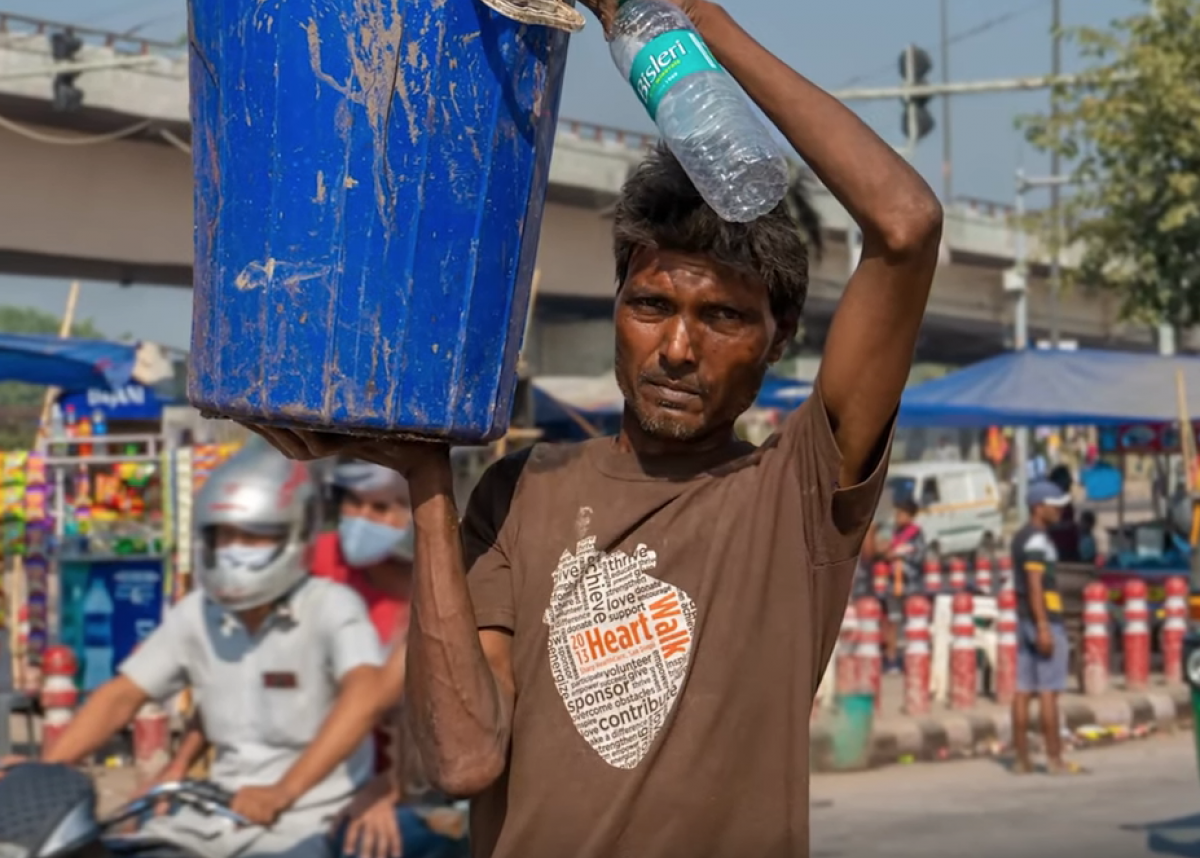As climate change intensifies, urbanisation places more pressure on infrastructures and institutions in cities, particularly in Africa and South Asia. Climate change not only transforms people’s livelihoods and well-being in urban areas but also accelerates urban migration of those whose rural lives are affected by changed climate. The World Bank predicted in 2018 a total of over 140 million climate-related migrants moving within their countries, globally by 2050. As a result, climate-related migration into urban areas is influencing the realisation of the United Nation’s Sustainable Development Goals (SDGs) in cities.
As cities grow, so do their informal housing, labour markets, services and infrastructure. Operating outside common legal and regulatory frameworks, these informal systems are intricately woven into the wider city’s fabric. For example, informal workers account for 50-80% of urban employment and generate almost half of the non-agricultural GDP of developing countries. Climate-related migrants often end up living in a city’s informal housing and/or working in its informal economy.
Understanding climate-related migration into informal cities is fundamental to meeting the SDGs and governing their synergies and trade-offs. However, getting data on informal cities and the lives of their climate-related migrant residents remains a huge challenge.
By focusing on Delhi, India and Addis Ababa, Ethiopia, this project investigates how climate-related migrants secure access to urban infrastructures and institutions, and the harmonious and strained modes of living with existing communities their arrival generated. A “follow the thing/people” method is employed to increase understanding of the synergies and trade-offs between different SDGs.
In Delhi, we examine the plans to mitigate climate change by minimising the use of plastics, and the adaptations of people in informal settlements to rationalisations of city water supply. Ethnographies map the social, political and economic relations that shape city forms and urban life through a focus on the 41km-long Najafgarh drain and interface of policy interventions by the city and the informal plastics economy run by settlers close to the drain. Najafgarh is the largest sewage-carrying drain in Delhi with multiple informal settlements on its banks where many migrants and longer-standing residents collect and trade plastic.
In Addis Ababa, we follow the movements of migrant construction workers employed in the city’s inner-city redevelopment and the multiple displacements of residential communities this redevelopment has triggered. In this way, we seek to understand the complex interdependencies of labour migrants, existing residents and urban institutions.
Most fieldwork in Delhi and Addis Ababa has currently been postponed due to the COVID-19 pandemic.
Instead, we have undertaken a systematic review of existing literature on climate-related migration and urban development with a specific focus on informality, labour migration and policy intervention. This will enhance our understanding of how climate-related migration shapes the interactions between different SDGs in cities and our fieldwork later in 2021. Some online fieldwork with NGOs working with the informal plastics sector is ongoing in lockdown.



